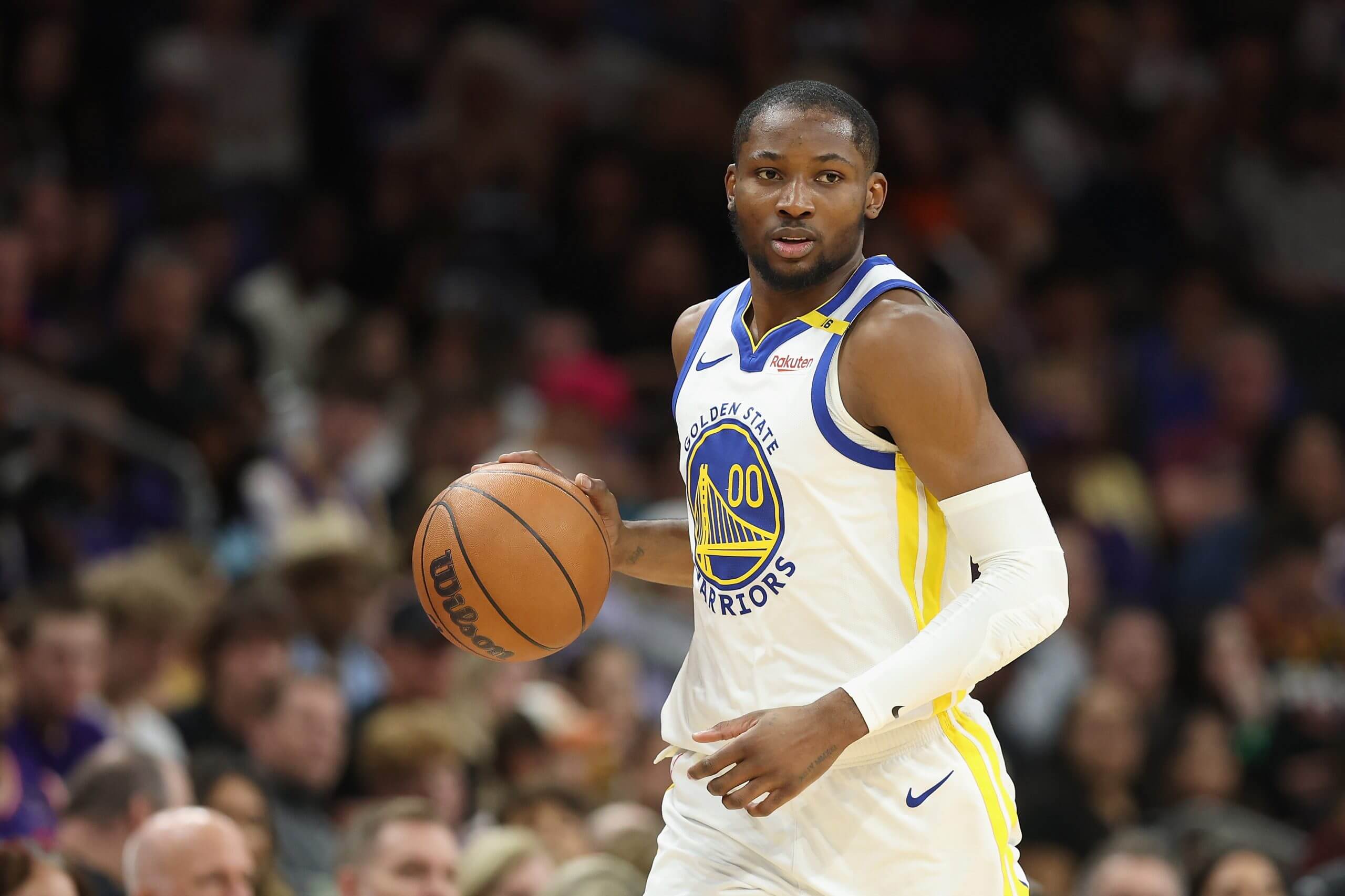The intricate landscape of the National Basketball Association’s offseason often brings forth complex financial and contractual dilemmas, none more debated than restricted free agency. While most major player movements have concluded, a handful of notable talents like Brooklyn’s Cam Thomas, Golden State’s Jonathan Kuminga, and Chicago’s Josh Giddey find themselves in protracted standoffs, unable to secure long-term deals as their respective teams retain matching rights. This unique situation highlights the ongoing tension between team control and player autonomy within the league’s economic structure.
Restricted free agency, or RFA, was initially introduced following the 1999 NBA lockout as a mechanism for teams to retain developing young players who, prior to its inception, could reach unrestricted free agency too swiftly. This system, along with the rookie salary scale implemented earlier in 1995, aimed to provide franchises with greater control over their drafted assets, allowing them to nurture talent without the immediate threat of losing them to rival bids. It fundamentally shifted power dynamics, ostensibly benefiting teams by reducing immediate player mobility.
However, the current RFA market appears particularly stagnant, primarily due to the league’s new Collective Bargaining Agreement. This revised CBA mandates increased vigilance from teams regarding salary expenditures, making them more hesitant to extend substantial offer sheets, especially for players who aren’t definitively star-caliber. The economic realities of the modern NBA, where every dollar counts towards strict luxury tax thresholds, have undoubtedly contributed to the “freeze” observed in this year’s restricted free agency period.
A critical factor influencing a player’s RFA market value is their on-court utility and demonstrated skill set. Players like Thomas and Kuminga, known primarily for their ball-in-hand offensive contributions, face a tougher challenge if they don’t consistently display elite scoring prowess. The contemporary NBA increasingly values role players who excel in specific areas—be it three-point shooting, defensive versatility, or playmaking—rather than those who are solely reliant on isolation offense, unless they are truly among the league’s elite.
The plight of players such as Jonathan Kuminga perfectly encapsulates the inherent issues within the current RFA framework. Despite an apparent mutual desire for Kuminga to move on from the Golden State Warriors, the team’s decision to extend a qualifying offer keeps him restricted, preventing him from seeking a longer-term deal as an unrestricted free agent. This strategic maneuver, often termed “protecting the asset,” forces players into a difficult choice: accept a one-year qualifying offer with injury risks, or continue negotiating without significant leverage.
Critics argue that the qualifying offer, often set at a percentage of the player’s previous salary, does not adequately incentivize long-term security for the player. While it provides a pathway to unrestricted free agency in the subsequent year, it leaves players vulnerable to injury or diminished market value during that single season. This perceived imbalance raises fundamental questions about fairness and player empowerment in a league that otherwise champions player agency and movement.
Proposals for reform often center on adjusting the qualifying offer to a significantly higher percentage of the previous salary, making a one-year deal more appealing to the player and forcing teams to make a definitive choice about their commitment. Another suggestion involves introducing a firm deadline for restricted free agency, after which players could automatically become unrestricted if no agreement is reached. Such modifications aim to provide players with more leverage and expedite the resolution of their contract situations, fostering a more equitable system for both athletes and organizations.






Leave a Reply